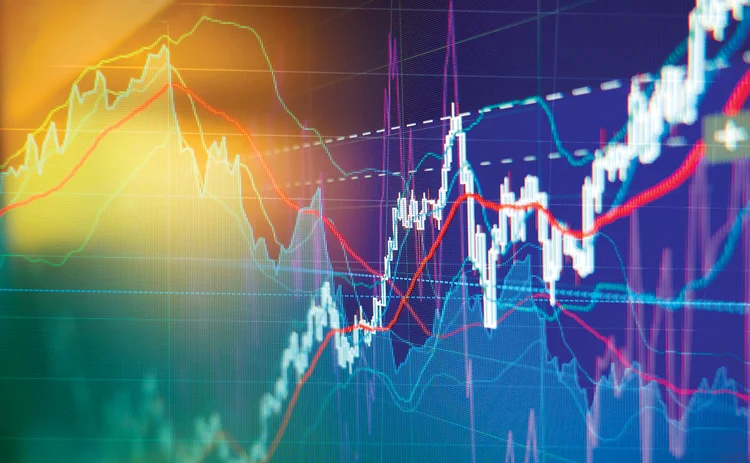
A simple approach to diversifying and reducing cost


Since the launch of the first exchange-traded fund (ETF) on the Hong Kong Exchanges and Clearing (HKEX) in 1999, exchange-traded products (ETPs) have gained popularity as they become one of the fastest-growing investment products in the world.
Hong Kong quickly became a major ETP market, attracting issuers, liquidity providers and investors – leading to the formation of Asia’s ETP hub.
Behind the rise of ETFs is the wide variety of features they boast in a single package. By tracking major market indexes, ETFs allow for a wider range of exposure than actively managed mutual funds. Investors get a higher degree of diversification at a lower cost due to lower management fees and a simpler structure.
As of February 2019, total global assets invested in ETFs and ETPs stood at $5.32 trillion, an all-time high, with net inflows for the current year at $61.66 billion. As Asia’s ETP hub, Hong Kong offers a diverse set of products and a deep pool of liquidity.
Among the reasons to invest in ETPs is that active ETFs are increasingly being engaged as a tool to combine the higher return potential of active investing with the convenience of more traditional ETFs. These instruments had record inflows of $24.92 billion in 2017 and $35.1 billion in 2018, a clear sign of their rapid growth.
A growing contributor to the upward trend of ETFs is institutional investors seeking to gain targeted exposure, generate alpha, manage liquidity and reduce tax – all within a single product. When they adopt ETFs, institutional investors benefit from the efficiency of capital utilisation. In the global bond markets, for example, building a diversified bond portfolio through ETFs requires a smaller capital outlay than buying the underlying.
Insurance companies are also increasingly turning to ETFs because of their potential to implement sophisticated tactical strategies. Following the introduction of target-date and target-risk ETFs, defined-contribution funds have recently joined defined-benefit plans in adding ETFs to their portfolios.
The uptake of ETFs has a lot to do with how easy they make it to get exposure to new rapidly growing markets, as well as cutting-edge sectors.
ETFs can be used to target specific sectors or factors, such as technology, in a single cost-effective trade. Alongside alpha generation, investors’ search for above-market returns has led to the adoption of smart beta strategies – a hybrid of active and passive investing that tracks factor-based indexes.
Meanwhile, accessibility to unexplored markets is key for investors looking for new opportunities. Hong Kong is the primary port of call for international investors seeking Chinese exposure and, thanks to the availability of A-share ETFs, it’s now possible for them to operate in one of the world’s most closely watched markets.
Moreover, Hong Kong-listed ETFs give investors the ability to reduce tax costs because of a favourable domestic tax regime. Hong Kong has entered into a growing number of tax treaties in the region, creating a springboard for institutional investors to capture opportunities in Asia.
Following exponential growth last year, 2019 is set to be another strong year for the ETF space, particularly for the Asian market. Among the key trends, the increasing use of ETPs as a portfolio diversifier and new technologies are likely to take centre stage in the coming months.
Sponsored content
Copyright Infopro Digital Limited. All rights reserved.
As outlined in our terms and conditions, https://www.infopro-digital.com/terms-and-conditions/subscriptions/ (point 2.4), printing is limited to a single copy.
If you would like to purchase additional rights please email info@risk.net
Copyright Infopro Digital Limited. All rights reserved.
You may share this content using our article tools. As outlined in our terms and conditions, https://www.infopro-digital.com/terms-and-conditions/subscriptions/ (clause 2.4), an Authorised User may only make one copy of the materials for their own personal use. You must also comply with the restrictions in clause 2.5.
If you would like to purchase additional rights please email info@risk.net